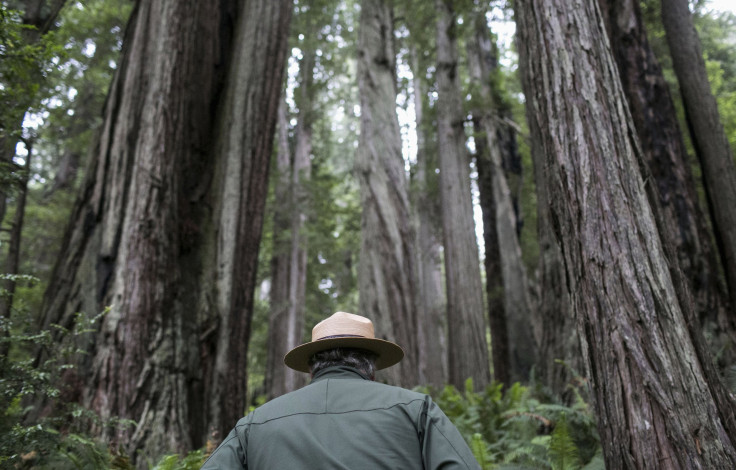European Tree That Changed Sex After 5,000 Years

Britain's indigenous Scottish tree Fortingall Yew is famous for its incredible longevity. While some trees can live for a thousand years and maybe more, the Foringtale Yew tree has been there for more than 5,000 years.
Apart from its remarkable longevity, what's even more fascinating is that the tree can change its sex even through a millenia. According to a botanist at the Royal Botanic Garden Edinburgh, one of the oldest living organism in the Europe is undergoing a major physiological change and transforming itself from male to female.
Female Yew trees bear bright red berries while the males release clouds of pollen from small cones during the breeding season. Commonly, Yew trees are dioecious. That is, it can either be a male or a female.
According to botanist Max Coleman, it was surprising to find the age old Yew tree bearing three red berries while the rest of the plant was still male. Coleman further said that conifers have been known to transform sex in the past, however, the transformation of the Yew from male to female is still a rare occurrence.
“Normally this switch occurs in part of the crown rather than the entire tree changing sex. In the Fortingall Yew it seems that one small branch in the outer part of the crown has switched and now behaves as female,” explained Coleman in his blog post .
Coleman further revealed that an apparent shift in the hormonal balance of the tree is causing the sex change. In addition, environmental stress factors could be driving the shift in the hormones. However, the tree is currently in perfectly healthy condition.
© Copyright IBTimes 2024. All rights reserved.











